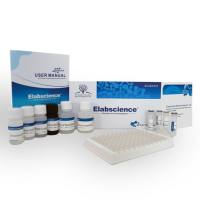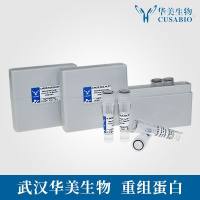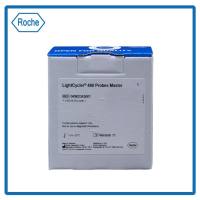An ultrasensitive sandwich DNA array using highly fluorescent and photostable dye-doped silica nanoparticles is described.
Compared to traditional sandwich arrays in which fluorophores have been used to signal target DNA molecules, the developed
nanoparticle probes provide a much stronger fluorescent emission. Signal amplification of the dye-doped silica nanoparticles
originates from the large number of dye molecules doped inside each individual nanoparticle. In addition, the silica matrix
of the nanoparticles protects dye molecules from photobleaching. Thus, the dye-doped nanoparticles provide a constant fluorescent
signal that is sufficient for detection of trace amounts of target DNA. By immobilizing a complementary DNA sequence to the
target onto the nanoparticle surface, a fluorescent nanoparticle-DNA probe is formed. These nanoparticle probes are then used
as superemitting reagents to perform a typical sandwich assay. By using a high-resolution fluorescent microscope, individual
nanoparticle- DNA probes that have been hybridized to capture target strands can be observed clearly at low target DNA concentrations.
More important, the number of the nanoparticle-DNA probes hybridized to the target DNA is proportional to the target DNA concentration
in solution. By counting the number of localized fluorescent “spots” on the array, the target DNA concentration can be determined.
In this chapter, detailed methods used to synthesize nanoparticle-DNA probes, fabricate the sandwich array, prepare the substrate,
and quantitatively determine DNA concentration are described.






